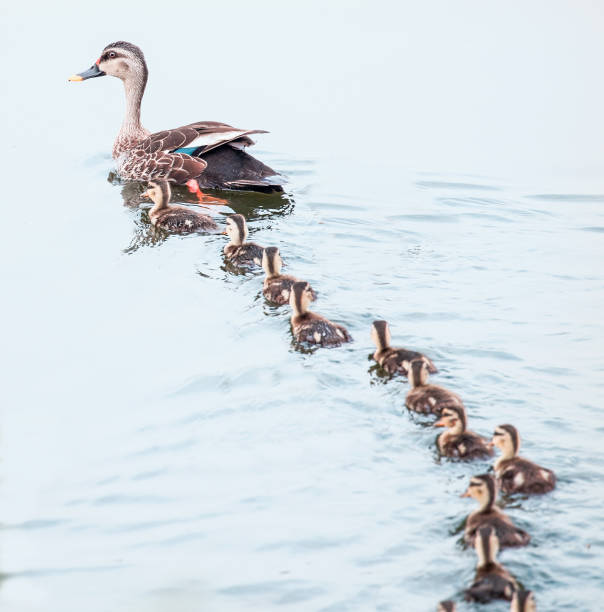Chandrayaan-3: India's Lunar Mission Aims for Historic South Pole Landing
Chandrayaan-3: India's Lunar Mission Aims for Historic South Pole Landing
India's space agency, the Indian Space Research Organisation (ISRO), unveiled a series of images captured by its Chandrayaan-3 spacecraft, showcasing the unexplored far side of the moon. The spacecraft is en route to attempting a landing on the lunar south pole, a significant endeavor closely following the unsuccessful landing of a Russian lander.
Competing with Russia's Luna-25 mission, Chandrayaan-3 aims to be the pioneer in touching down on the lunar south pole, an area believed to harbor water ice in its shaded craters, a resource that could play a crucial role in sustaining potential future moon settlements.
Following the announcement of Russia's Luna-25 mission failure, ISRO revealed that Chandrayaan-3 is on track for a landing scheduled on August 23rd.
The significance of this mission is profound, as it marks India's second endeavor to successfully land on the moon's south pole. In 2019, ISRO's Chandrayaan-2 mission achieved the deployment of an orbiter but faced failure during the landing stage.
The intricate and uneven terrain of the lunar south pole adds to the complexity of achieving a successful landing, making this mission a historic milestone if successful. The potential presence of water ice in the region could provide essential resources like fuel, oxygen, and drinking water for future lunar missions.
Detailed images released recently depict moon surface craters captured by Chandrayaan-3's Lander Hazard Detection and Avoidance Camera. This sophisticated camera system is designed to identify a secure landing spot for the spacecraft.
Launched on July 14th, India's moon mission involved the separation of the lander module from the propulsion module in the preceding week.
For India, a triumphant moon landing would signify its ascent as a prominent player in space exploration, aligning with Prime Minister Narendra Modi's government's aspirations to stimulate investment in private space launches and satellite-based enterprises.
The success of Chandrayaan-3 carries the potential to enhance India's reputation as a cost-effective leader in space engineering. With a budget of around 6.15 billion rupees ($74 million), the mission's economic efficiency is noteworthy, being lower than the production cost of the 2013 Hollywood film "Gravity."
Achieving a successful lunar landing would place India in an elite group of countries that have managed this feat, joining the ranks of the former USSR, the United States, and China.
"The successful landing will introduce India to a new technological achievement," stated K. Sivan, former head of the country's space agency, expressing his excitement after the Chandrayaan-3 launch.
ISRO's scientists have taken valuable lessons from the previous moon mission's setback and applied modifications to Chandrayaan-3 to improve the likelihood of a successful landing. These enhancements include enabling a safe landing within an expanded zone, even in challenging conditions. The spacecraft is also equipped with additional fuel, enhanced solar panels, and sturdier landing gear.
India's emerging space industry is also poised to gain from this achievement. Since India's opening to private launches in 2020, the number of space startups in the country has more than doubled.
"The next 3 days will be nothing less than 'terrific'! Eagerly looking forward to the landing!" exclaimed Pawan Chandana, co-founder of Skyroot, India's first privately developed rocket, in a post on the platform formerly known as Twitter.





